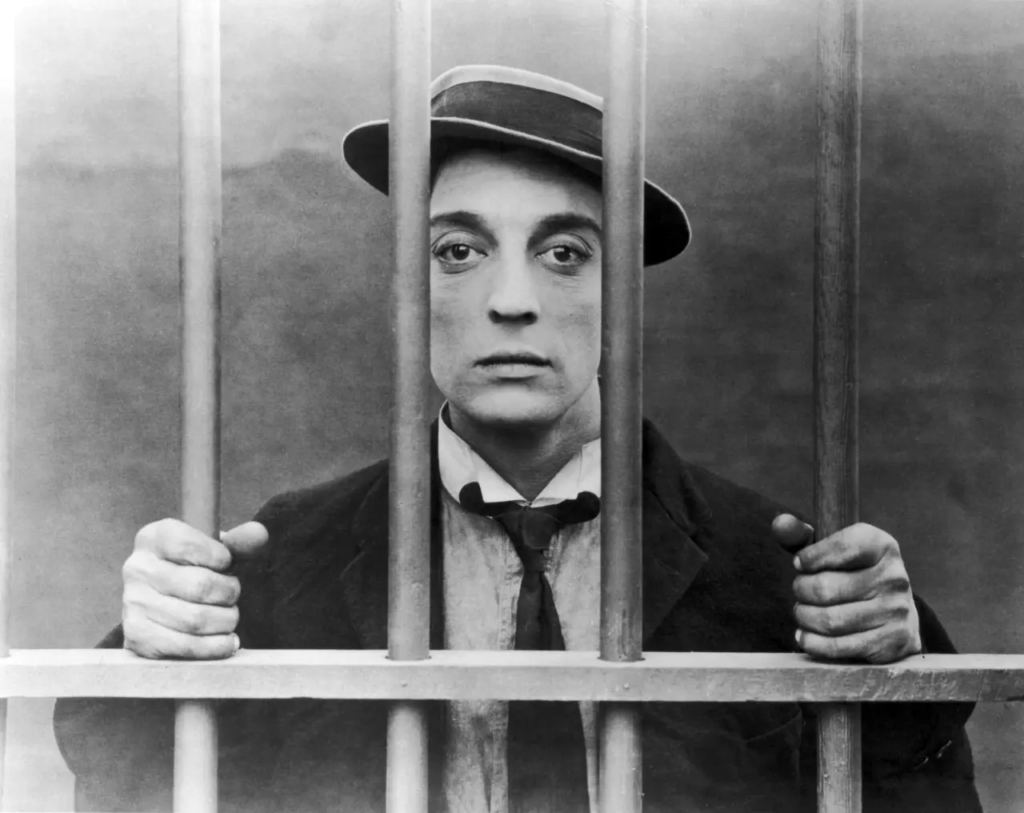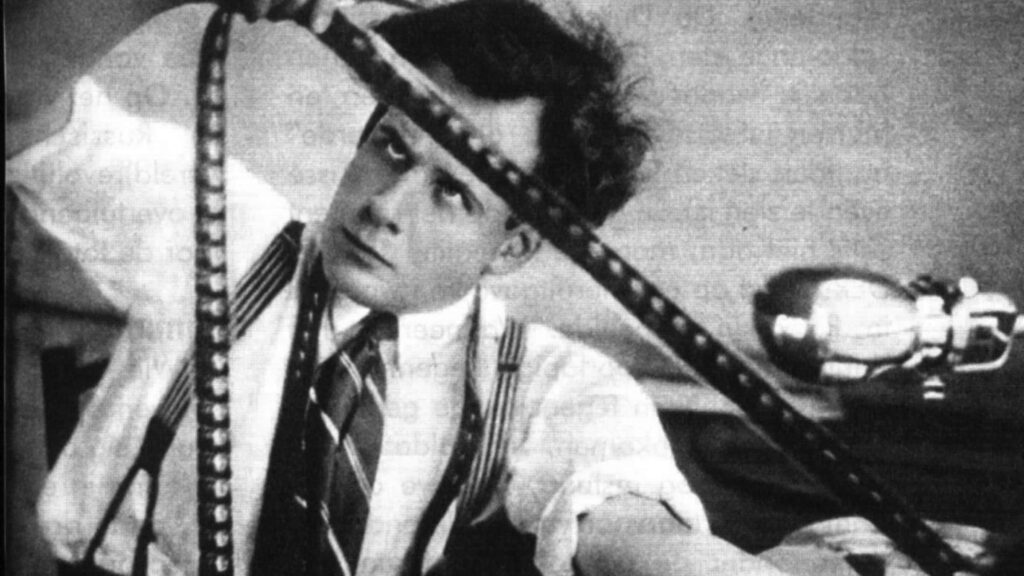Italian Neorealism emerged after World War II and aimed to reflect the social and economic realities of post-war Italy. It used non-professional actors, real locations, and a documentary-style storytelling approach to depict the lives of ordinary people and capture an authentic and raw portrayal of life. It had a significant influence on global cinema, and its emphasis on realism, social commentary, and humanistic storytelling change the cinematic landscape and inspired filmmakers worldwide to address real and social issues.


“Bicycle Thieves” (1948) and “Umberto D.” (1952), directed by Vittorio De Sica, are considered prime examples of Italian Neorealism. Both films explored the themes of poverty, desperation, and moral dilemmas, portraying the hardships and moral challenges faced by ordinary people.
The impact of Italian Neorealism may not be as prevalent in contemporary cinema as it was during the 1940s, and 50s, not because it was less significant, but because it was primarily associated with the post-World War II era and the economic and social challenges prevalent at that time.
However, even in today’s cinema, there are films that explore themes of poverty and depict the struggles of ordinary life. But unlike Neorealism, many of these modern films tend to feature professional actors. Today, the impact and significance of Neorealism can be observed in the work of filmmakers who address social issues and portray the reality of everyday life.



